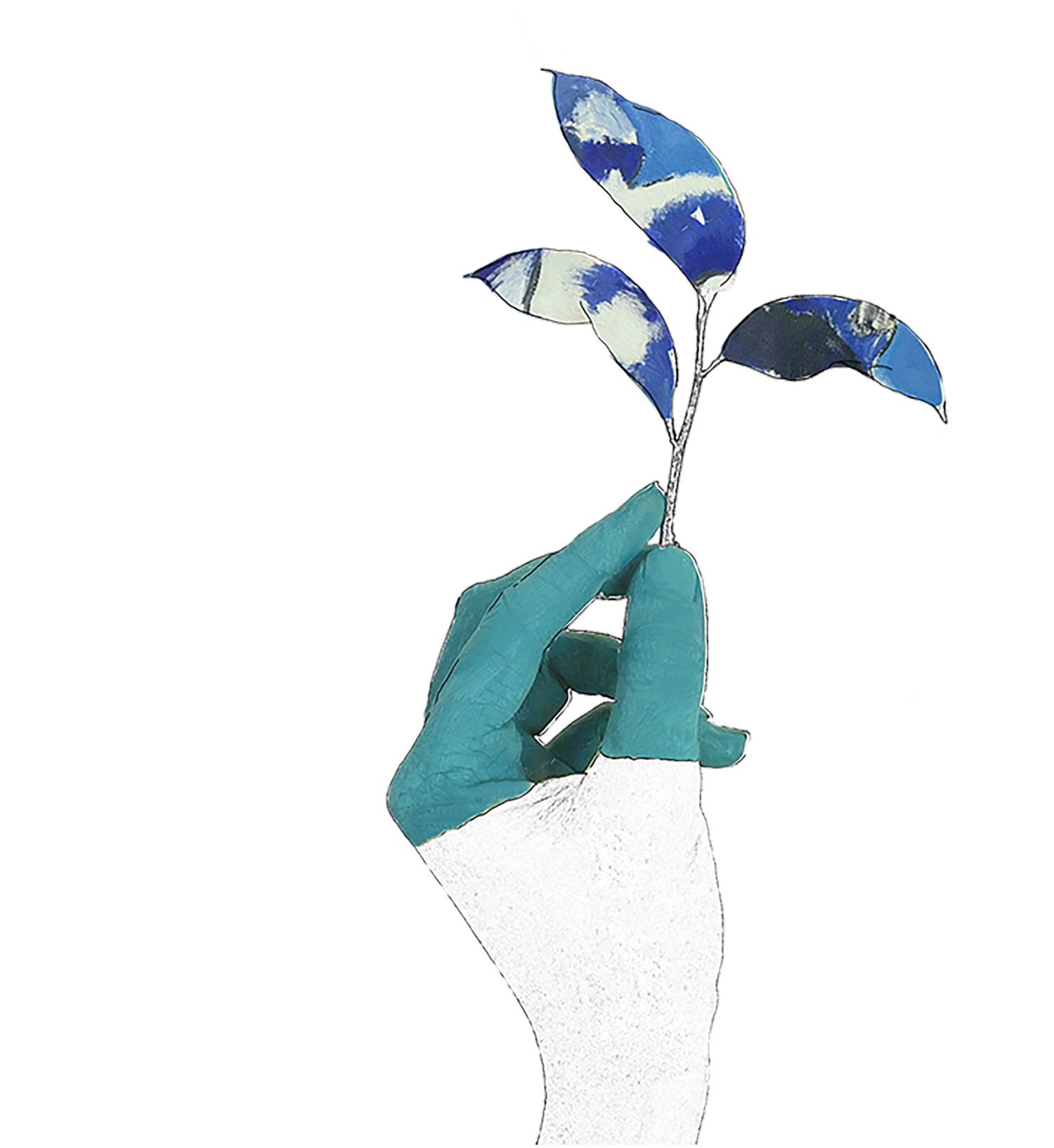the confessions (and concessions) of someone who wears flares
I’ve definitely considered buying a pair of Topshop ‘Joni’ skinny jeans at some point or another. But I quickly decided against it when I realized that the cut of my trousers functioned as a tacit expression of my class consciousness, which thereby had the power to either elevate or injure my social prospects. You see, during my time at Edinburgh university, my flatmates and I noticed that there are two kinds of people on campus: the cool kind (always rich and white, somehow), clad in flares or some trendy wide-legged equivalent, and the kind who wore skinny jeans. We reattired accordingly in flares and culottes to mark our in-group status as members of the first category, and subsequently tasked ourselves with the anthropological study of our peers: were they guilty of tight fitting, cameltoe-inducing crimes, or were they, well, not lame?
“Skinny jeans people,” Erin might declare, eyes darting towards a couple of freshers sprawled across the steps that flank 40 George Square (40 g).
“Oh my god, yeah, sooo skinny jeans,” I would agree, before taking a long sip of my (oat milk) latte to buy myself time to think of something funny, and kind of mean, but not too mean, but still funny, to say about the aforementioned “skinny jeans people”.
Our pre-covid days involved playing this game in multiple venues across the city -- the main library (the lib), flat parties, the pear tree, middle meadow walk, the snack aisle at Sainsburys, and so on and so forth. However, the object of our scrutiny did not have to be wearing skinny jeans per say. The lack of a clear indicator was preferable actually, it would spark dissent that would coax some of the most well-constructed, hilariously mean-spirited arguments out of us. Indeed, the whole skinny jeans thing was hardly about the jeans. Honestly, it wasn’t about the jeans at all. Our oh-so-funny classification system was in fact nothing less than a sinister manifestation of the encoded classism and racism that permeates the social scene at Edinburgh university. Friend groups across time and space have probably made similarly classist judgements of their peers’ tastes within their own microcosms. Louis XIII and his friends totally made fun of guys that didn’t wear those sexy powdered wigs.
Class divisions are unquestionably reproduced within, and by, all sorts of higher education institutions. At Edinburgh university, they are most discernible in how “yah” is more than just an upper class colloquialism, and Pollock Halls is more than just student accommodation. A first year watering hole for the privately educated Southern English diaspora, Pollock nurtures friendships between 18 year old tastemakers perched at the apex of privilege — membership is a birthright. I’ve always seen the distinction between Pollock and everyone else as part of some bizarre social contract. But while encrypted class stratification characterizes the student experience here, so does optical, often unconscious, social mobility. We might have little agency in affecting how we are treated due to the identities we inherited at birth and acquired through life, but we can try to camouflage them by transforming our style, lexicon, and habits. Loads of students at Edinburgh uni seek to emulate the wealthiest and the whitest in good old EH16 in hopes of being seen as they are. If we look like them, we might acquire even a sliver of the privilege they enjoy. It’s okay if you don’t have a double-barrelled surname or a North London address, there are plenty of other cultural traits you can learn. Depop a 250 pound Afghan coat (it’s not cultural appropriation; they were imported to the UK in the 60s!) and start smoking Amber Leaf, listen exclusively to Black artists (which is fine, especially if you’re putting infographics about institutional racism on your Instagram story), live in New Town or at LEAST Marchmont, and take plenty of ket on Cowgate, but not so much that you sleep in the next day and they sell out of the vegan chilli at the soup truck.
Oppression has always required groundbreaking collective action to tackle, but in our locale oppression is coded and conducted by people who will post BLM infographics and attend a charity club night, but ultimately benefit frivolously from the current configuration of society and will do nothing amongst themselves to admit or change this.
And so what are the rest of us to do but learn the codes ourselves? To avoid being the “other” we change our clothes and our speech and instead we inherit the ability to “other” those who present differently to us, when we never even gained membership ourselves.
True membership is a birthright, but if you, like me, buy into “aspirational poshness” then you are partially responsible for upholding the system. Seeing those who exhibit the most obvious signifiers of privilege as the custodians of the system distracts from the lesser roles many of us might play in upholding it; we buy into it to mitigate trauma by seeking acceptance and inclusion. We leap across the water to where the grass seems greener, and become a part of the reason why it seems greener to people who have yet to make the journey across.
But university ends eventually. As the world seems to get bigger, camouflaging gets harder and harder. Clothes, drugs, and music tastes lead to elocution lessons, whitening creams, sky-high rent in unaffordable neighborhoods, and a million other things that promise some bootleg form of privilege. When does camouflage become impossible?
Thea Nawal is a recent graduate from the University of Edinburgh. You can find her on instagram here.
